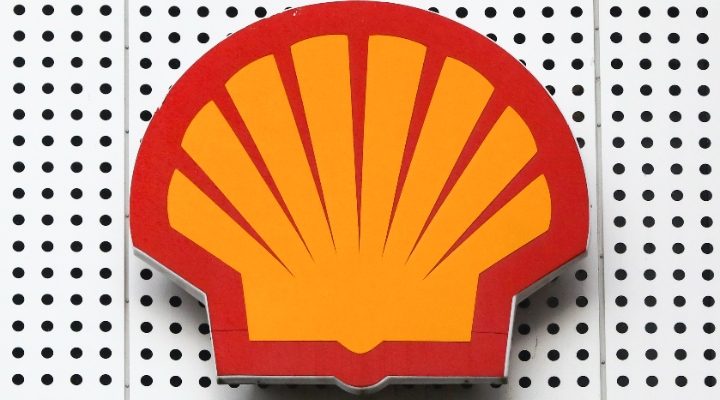The most pressing question on the minds of energy investors is hardly a surprise: How long will it take for the industry to work through the current period of oversupply and rebalance itself? The answer, unfortunately, is; not any time soon. Current supply imbalances are such that as of today, oil production is effectively running two years ahead of demand. Declining U.S. oil production during the next several quarters will help reduce global oversupply, but in our opinion that alone cannot quickly fix the current global imbalances.
For the market to approach any semblance of normalcy before 2017 – and likely for prices to respond accordingly—requires one or more of the following to occur: 1) Saudi Arabia reverses course from its "maintain market share at all costs" approach and cuts production; 2) global demand surprises to the upside from current expectations of 95 million barrels per day in 2016 and 96 million barrels per day in 2017; and 3) a geopolitical event for example, political upheaval in Venezuela or another oil exporting nation. Without one or more of these occurring "lower for longer" looks to be the unavoidable near-term course for the industry.
Based on our 2016-17 forecasts of OPEC volumes remaining more or less flat, the two critical variables for determining when the industry will reach a rebalancing point become: 1) demand growth, and 2) U.S. production. We presently project demand to grow by more than 1% in 2015-17, as slowing but still growing demand from China is being offset by healthy growth elsewhere in the world.
What About US Production?
In terms of US production, September output is expected to be 600 million barrels per day, or 6%, lower than the 9.6 million barrels per day peak levels reached in March and April. Based on our expectation that rig counts will fall further, we project US oil production will continue to fall from here, declining by 8% in 2016. This is quite an about-face given U.S. oil output will have grown 25% during 2014-15.
While we are bullish on oil prices recovering long term – our forecast is $70 for Brent, 2017 is a long way away. In the interim, how much worse could it get for oil prices and industry activity? Simply put, until oil production stops growing, we could be facing a world where ever-lower prices are possible.
To be sure, it's plausible that oil ranging between $40 and $60 per barrel for the next one to two years could ensure that the industry takes sufficient measures to reduce supply. But if global oil production continues to surprise to the upside--as it has for most of 2015--or if demand growth slows, oil prices would likely test new lows before this downturn ends.
How low prices could go is anyone's guess, but given the dire state of the industry, prices will remain well below what we would consider to be a normalized price until supply reverses course.




























